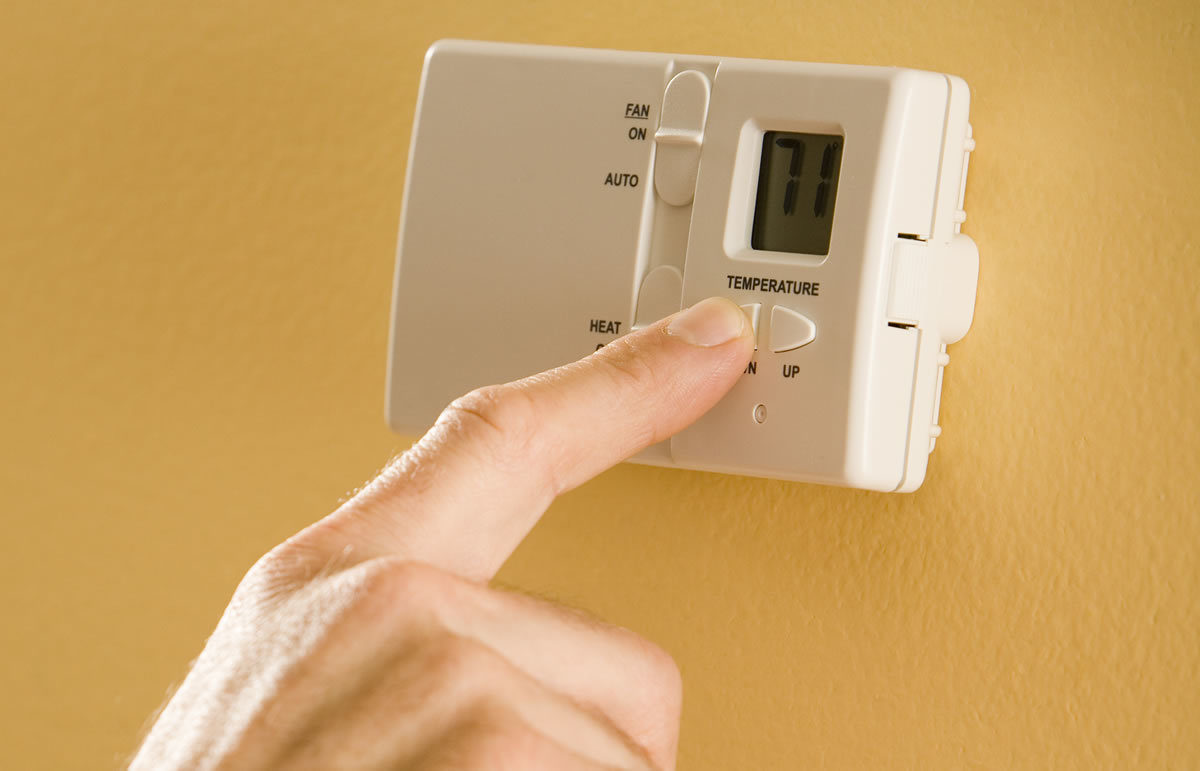Every Long Island home is different. Older homes tend to be draftier, with uneven temperature variations from room to room. Homes built in the last decade typically cool and warm more consistently and have less noticeable fluctuations in temperature. Since temperatures so directly impact our mood, energy level, health and productivity, we are constantly in search of the magic number to keep our thermostats set to.
What Is the Best Temperature for Each Season?
Your home's heating and cooling system should provide comfort and convenience. The ‘perfect’ indoor temperature combines maximizing comfort levels with optimal energy savings throughout the entire year. The most important tool to reach this goal is your programmable thermostat.
It is vital that you remember to adjust your programmable thermostat seasonally. During the winter months, you may find the furnace will keep you comfortably warm at 68 degrees. Yet in the summer months, a steady 73 degrees for your air conditioner may do the trick. To save money, the key is to make use of the “away/vacation” feature on your thermostat at night or when your home is empty.
Statistics at energy.gov indicate that you can save as much as 10% a year on heating and cooling by simply adjusting temperatures 7°-10°F (down in winter, up in summer) for 8 hours a day from its normal setting. Consider lowering the thermostat at night while you sleep. Many people prefer sleeping in a cooler environment while bundled up under extra blankets for added warmth.
What Is the Best Temperature to Exercise?
When it comes to the ideal temperature for your home gym, the guidelines are simple. Too cold and your muscles won’t get warm enough through the workout, potentially leading to injury. Too hot and you will be sweating profusely, causing dehydration and possibly overheating.
The American College of Sports Medicine suggests that the appropriate temperature, humidity and air circulation levels should be maintained between 68 to 72˚F; the International Fitness Association (IFA) suggests a range of 65 to 68˚F for cardio or weight training (80˚F for yoga).
What Is the Best Temperature for Sleeping?
Studies show that your bedroom temperature has a bigger impact on getting a good night’s sleep than light and time. Core body temperatures drop during sleep, leading experts to suggest that people should set their thermostat a few degrees lower at night than during the day.
For optimal sleep, the recommended bedroom temperature should be between 60 and 67˚F. Sleep.org suggests that toddlers or babies may need the thermostat a little higher; between 65 and 70˚.
What Is the Best Temperature for the Office?
It can be challenging to find an agreeable temperature for everyone to feel comfortable and productive. A difference of a few degrees can greatly impact how focused employees are during their work day. Research from the 1960’s recommended keeping office temperatures as low as 70 and high as 73 degrees Fahrenheit. It turns out that those suggestions were based on a temperature that’s comfortable to the average man.
Newer research suggests 71.5˚F is the magic number for both genders. It is important to note that the way your office is designed and how many people occupy it can affect that number. Windows create a lot of sunlight that can make a room feel warmer, while higher ceilings may end up with poor air distribution meaning heating and air conditioning systems have to work harder.
Men vs. Women
The battle of the thermostat is a never-ending war between women and men. Whether at home or in the office, you have probably met someone who likes it too hot and someone who likes it too cold. Research tells us there’s a reason that women are always freezing; they have a significantly lower metabolic rate than men.
Studies suggest that women generally prefer a significantly warmer environment-roughly 77˚F-while men lean toward a cooler temperature- around 72˚F. This may be due to the fact that a woman’s body produces less heat than a man’s body because on average, they are smaller and tend to have less muscle and more fat. And since muscle produces more heat than fat, women typically feel colder.
No matter what your preference, adjusting your thermostat — either manually or with a programmable thermostat — will ultimately help you save money.
At Dole Fuel, our goal is to help you stay comfortable and save energy at the same time. Find out how we can help you with all of your heating needs. Call us today at (631) 673-6182.


